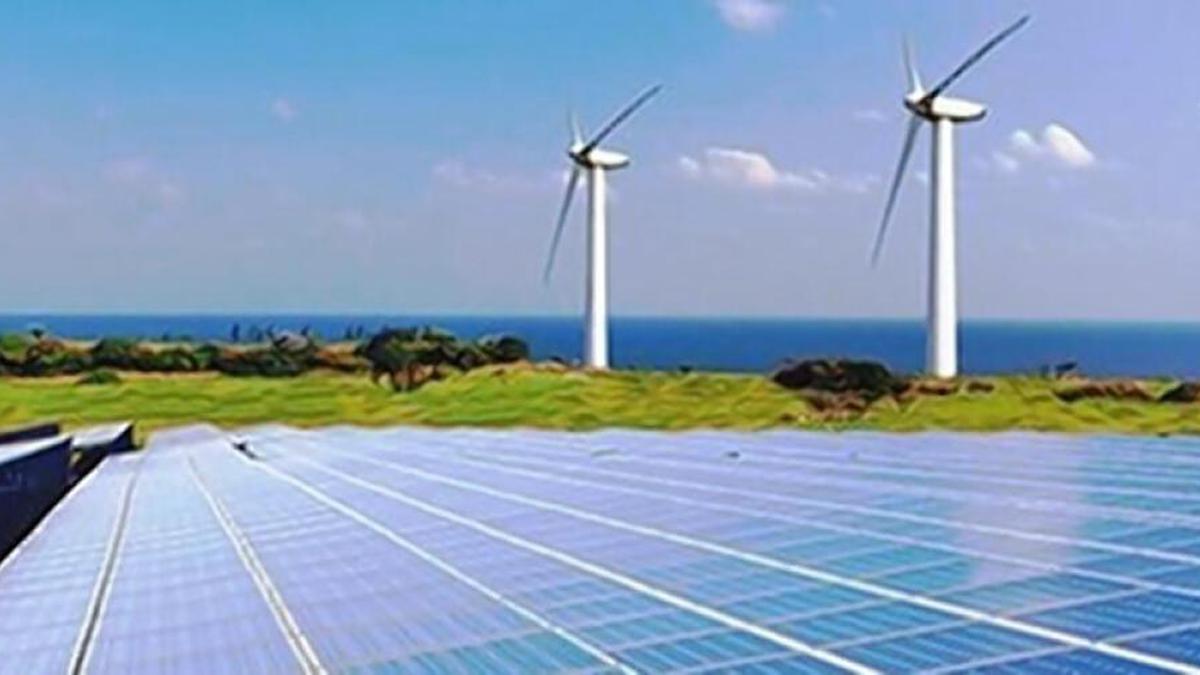
In Short : The state of Odisha in India is taking significant steps to meet its green energy goals. The state government has set an ambitious target of installing renewable energy capacity of 4,500 MW by 2022.
In Detail : As India works towards clean energy commitments, states across the country have been aggressively building up renewable power generation capacity.
According to Annual Activity Report of the state Energy Department, Odisha plans to meet 20 per cent of its energy demand from renewable sources other than hydro by 2026, and 50 per cent by 2030.
However, given these goals, the state stands far behind others in terms of renewable energy installed capacity. As per data shared by the Union Minister of Power, New and Renewable Energy RK Singh in Rajya Sabha, as of January 31, 2023, Odisha had a total renewable installed capacity of 2,782.22 megawatt (MW) or 2.78 gigawatt (1 GW equals 1,000 MW).
Compared to Odisha, which ranks 15 nationally in terms of installed capacity, a leading state like Karnataka has about seven times more capacity – of around 20,160 MW- whereas Andhra Pradesh, a state not so rich in renewable, has an capacity of 10,960 MW.
Odisha’s deficient renewable energy capacity comes as a surprise given the fact that the state was among the firsts to launch a dedicated agency – the Odisha Renewable Energy Development Agency (OREDA)- for popularisation of renewable in 1984.
“There are three reasons why Odisha lags behind others,” says Sharthak Shankar Bhagat of White Shark Energy Private Limited, a rooftop solar engineering company that operates in five states, including Odisha.
“First, the state has low solar insolation. It receives less solar radiation per square kilometre than others. Second, electricity in Odisha is cheap, so the cost economics is better in states like Gujrat and Maharashtra. And third, people in the state are very cost-conscious which makes things harder for solar as it requires an upfront investment,” says Bhagat.
However, in view of the Union Ministry of New and Renewable Energy (MNRE) data, amongst all renewable energy variants Odisha has the highest potential for solar power. The solar potential is estimated to be 25,780 MW, followed by wind, large hydro and small hydro.
Compared to the huge solar potential, the current installed capacity for solar power is only at a fraction (Chart 2). And of the 2,782.22 MW of total installed capacity, large hydro accounts for more than 75 per cent. Given that the state is maxing out on large hydro power, the focus is gradually shifting to other sources.
“We have received investment proposals of over Rs 4,000 crore for wind energy projects of more than 500 MW,” says Mahesh Prasad Dash, team lead at Grid Corporation of Odisha (GRIDCO) which has been designated the state nodal agency for renewable energy.
“Our wind potential is low as coastal areas are frequently hit by cyclones. For mega solar and wind projects, it’s a challenge to acquire land as there are environmental and habitational concerns. And where there is land, there exist logistical challenges to store and distribute the generated power,” says Dash.
Admitting that Odisha has fallen behind other states, Dash says, “The government is fully committed to development of renewable energy. It has brought out a new renewable energy policy. We have signed MoUs with the four major power sector PSUs, launched a dedicated portal for RE, and floating solar is being prioritised as we have some 180 lakes and reservoirs where land acquisition is not a problem. With participation of all departments, hopefully the process of securing permits becomes more efficient.”
Bhagat says that in the last five years, more people have turned to solar as the installation costs has fallen by 30 per cent, or more. But he says, “For renewables to really take off, you need large-scale power plants at every district and block level. And the government needs to work with more urgency in this regard.”











